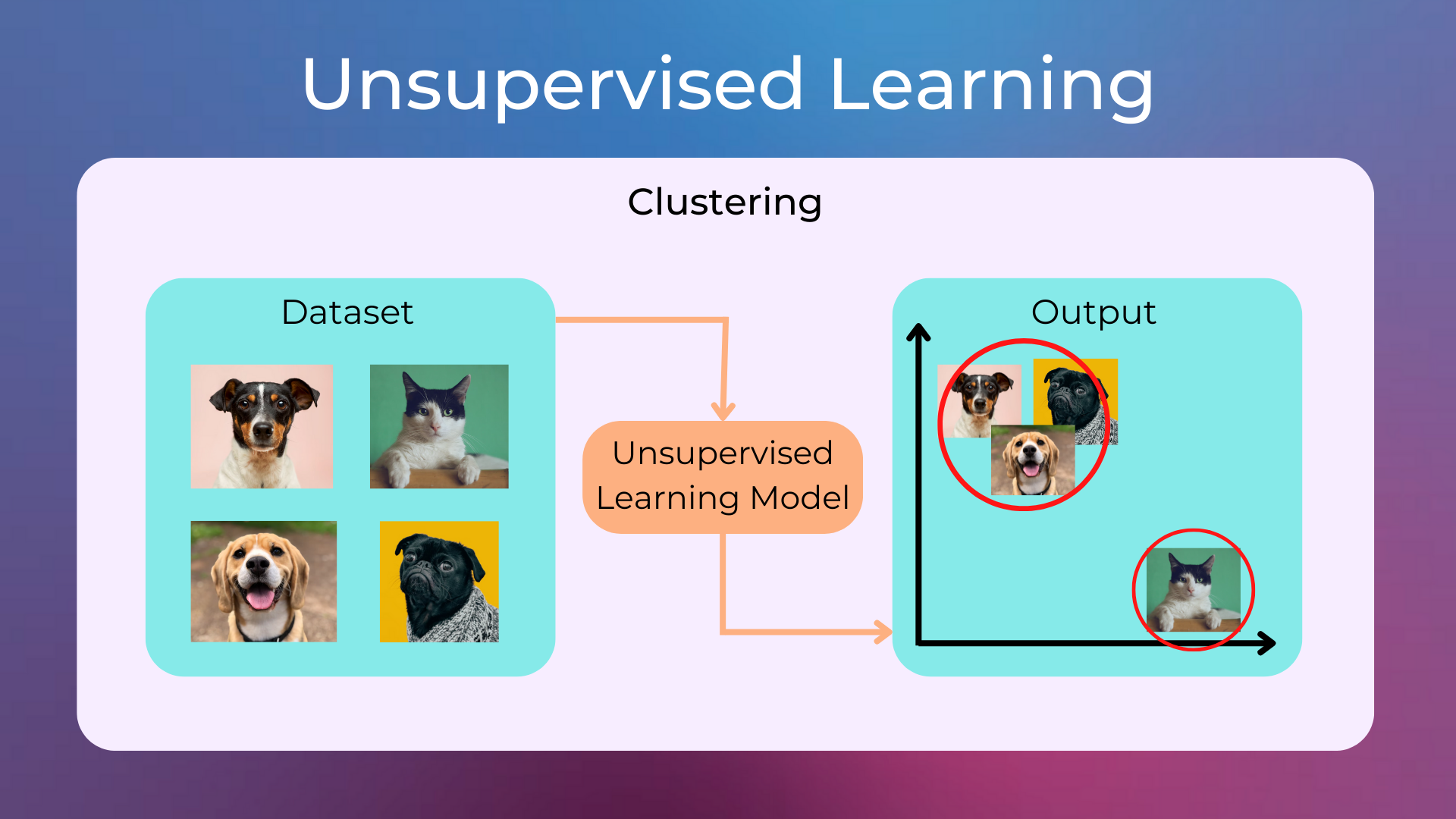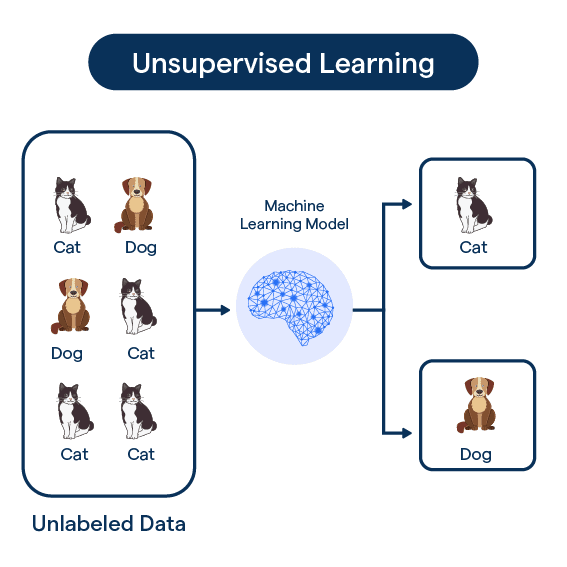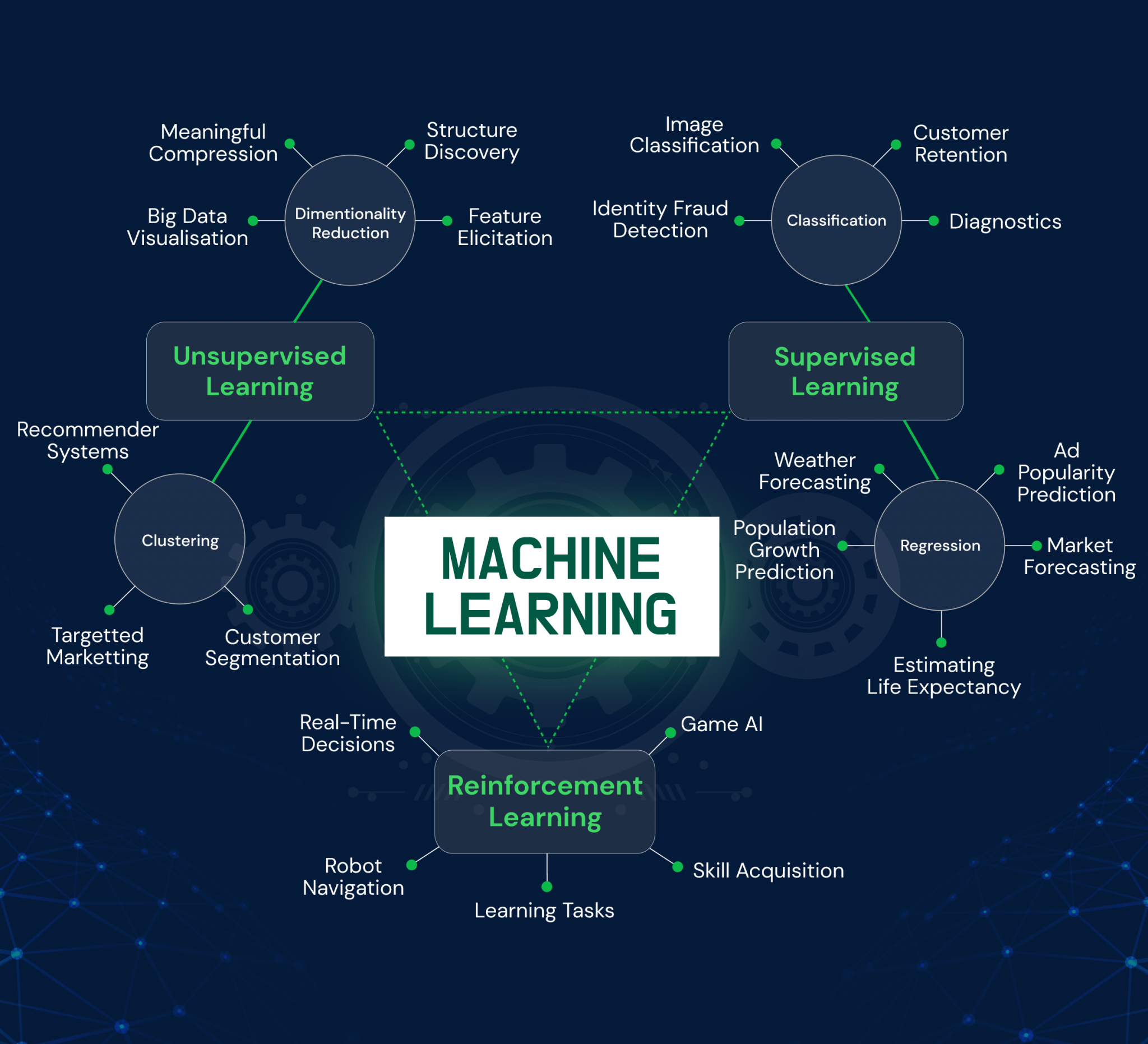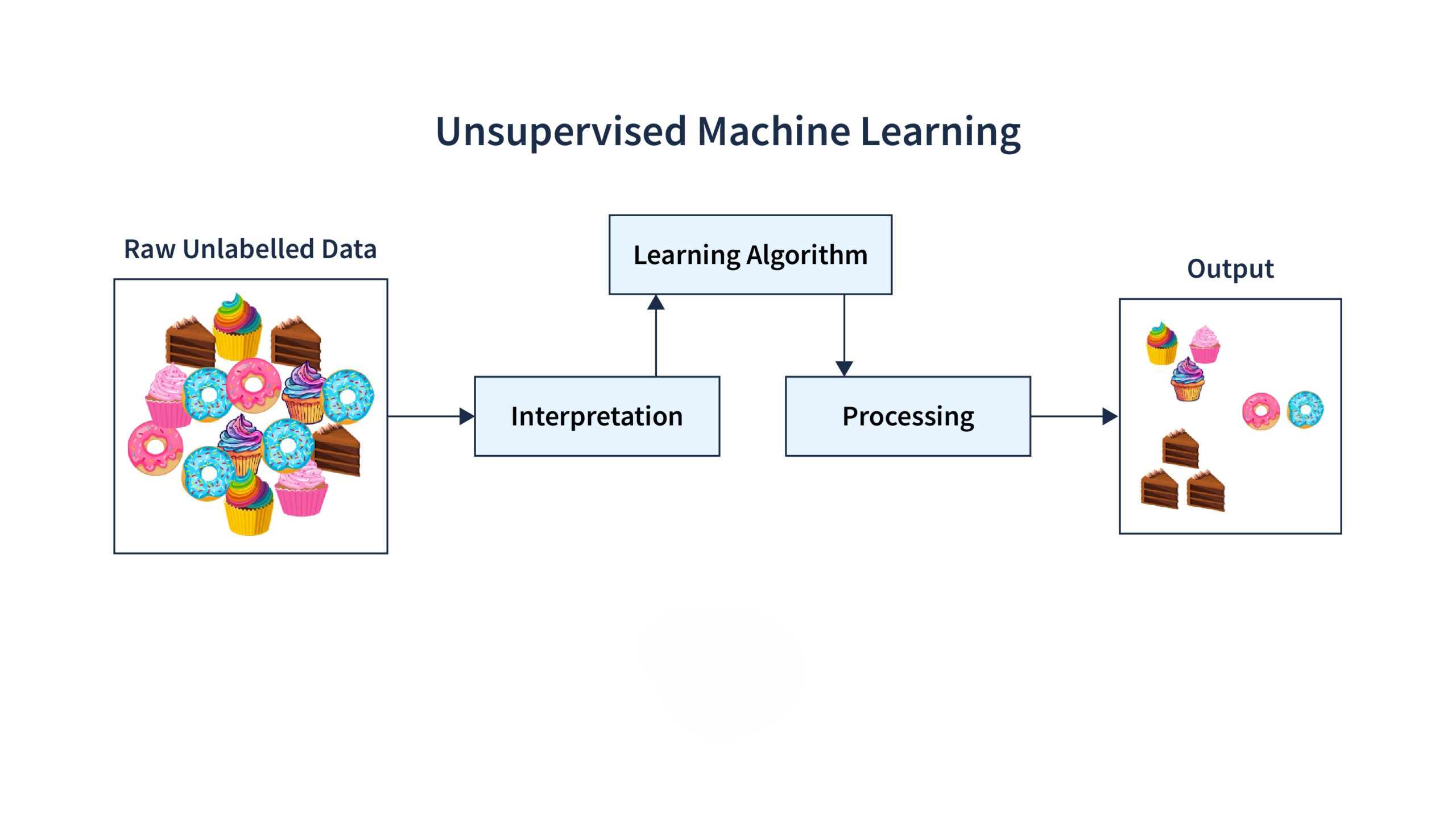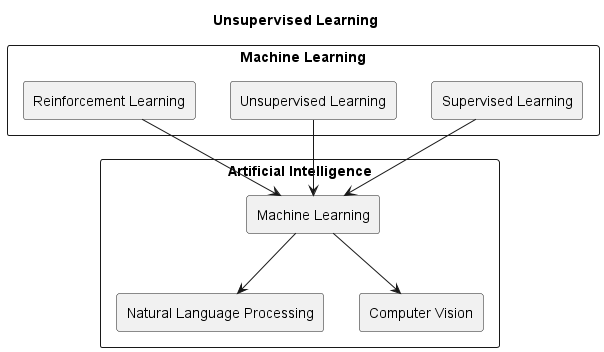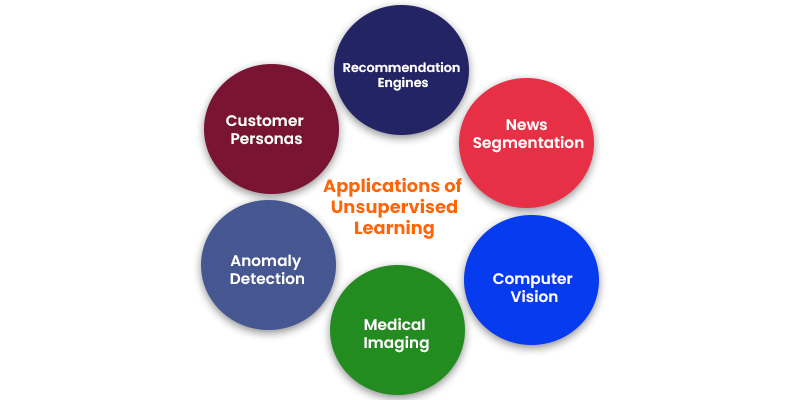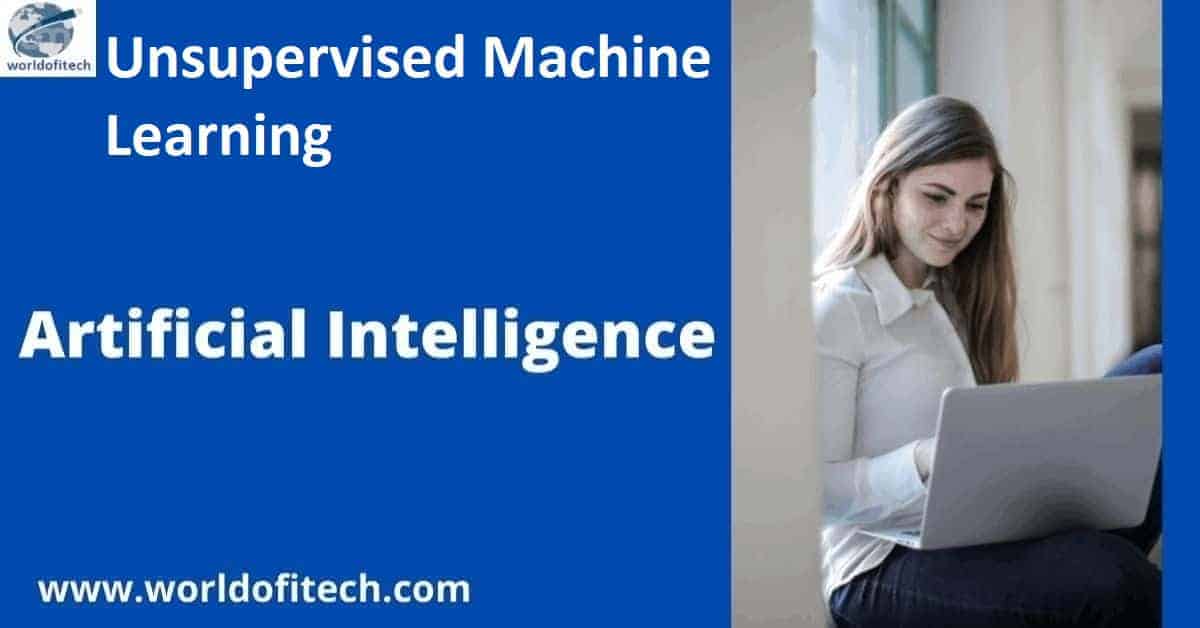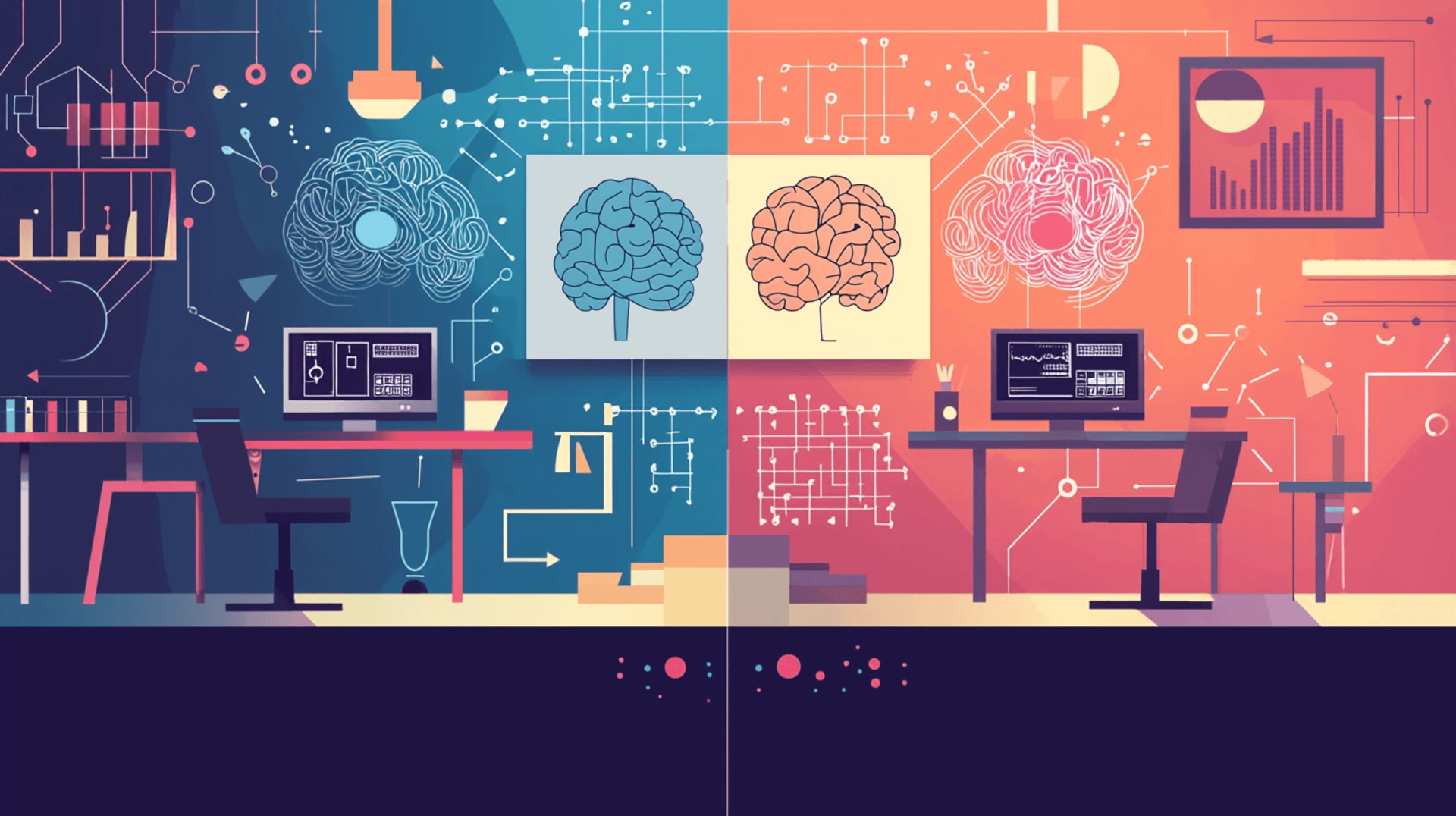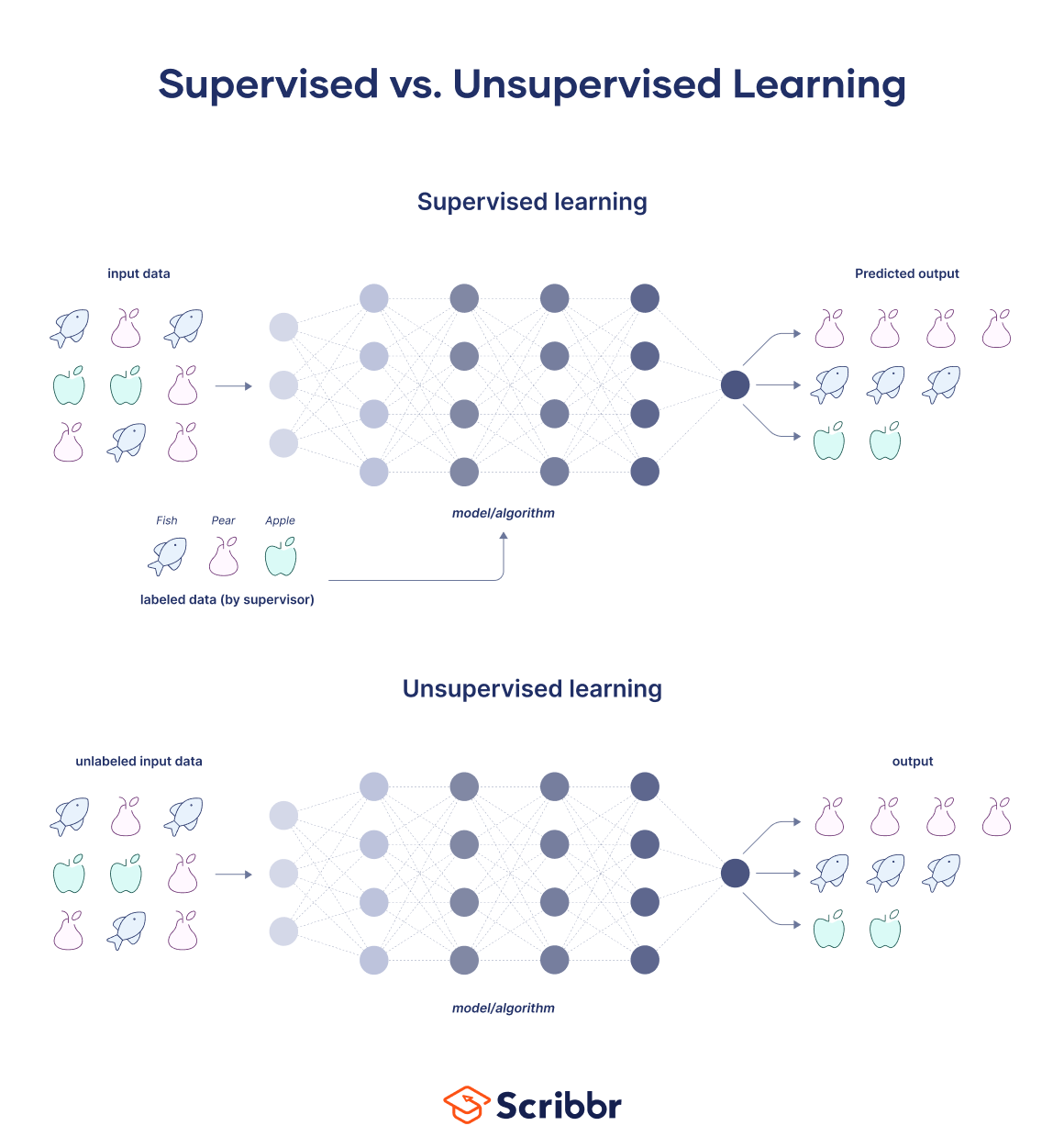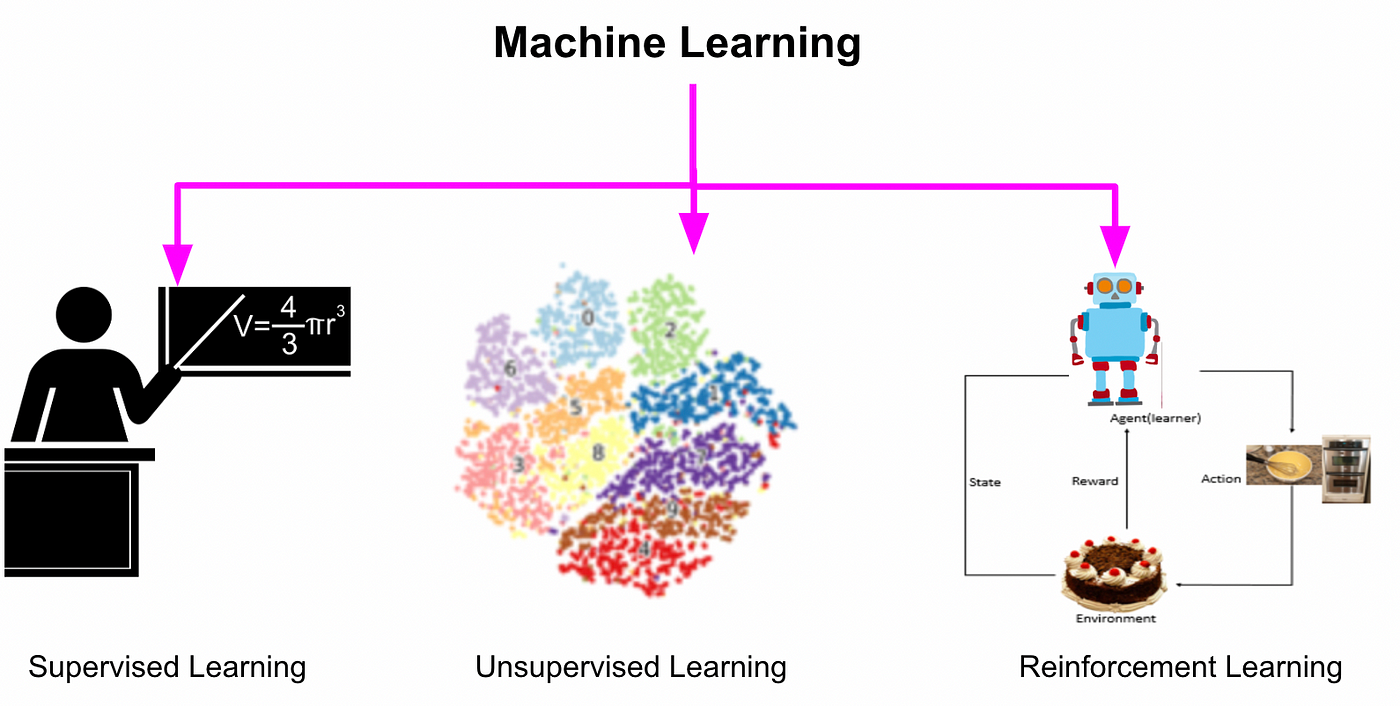Unsupervised Learning In An Artificial Training System Improves

Imagine a classroom where the teacher never explicitly tells the students what's right or wrong, yet, somehow, they still learn. They explore, experiment, and discover patterns on their own, guided by an innate curiosity and the subtle feedback of their environment. This isn't some utopian educational fantasy, but a glimpse into the evolving world of artificial intelligence, specifically, the growing power of unsupervised learning within AI training systems.
This article explores how advancements in unsupervised learning are transforming AI training. These changes are leading to more adaptable, efficient, and insightful AI models. We'll examine the breakthroughs, the implications, and the future possibilities of this exciting field.
The Rise of the Self-Taught AI
Traditionally, training an AI model required massive amounts of labeled data. This meant humans had to meticulously categorize and tag information so the AI could learn to recognize patterns.
For example, teaching an AI to identify cats involved showing it countless images of cats, each explicitly labeled as "cat." This process was time-consuming, expensive, and often limited by the availability of labeled datasets.
Unsupervised learning offers a radically different approach. Instead of relying on labeled data, it allows AI to learn from unlabeled data. The AI identifies patterns, structures, and relationships within the data on its own, without explicit guidance.
Think of it like a child exploring a new playground. They aren't told what each piece of equipment is for, but through trial and error, they learn how to use them and the relationships between them.
How Unsupervised Learning Works
At its core, unsupervised learning involves algorithms designed to find hidden structures in data. Techniques like clustering, dimensionality reduction, and anomaly detection are used.
Clustering, for instance, groups similar data points together, revealing underlying categories or segments. Dimensionality reduction simplifies complex data by identifying the most important features, making it easier for the AI to process and understand.
Anomaly detection identifies unusual data points that deviate from the norm, which can be useful for fraud detection or identifying equipment failures.
A key benefit of unsupervised learning is its ability to handle unstructured data. This includes text, images, and audio, which are often difficult or impossible to label manually.
By analyzing these raw data sources, unsupervised learning can uncover valuable insights that would otherwise be missed.
The Impact on AI Training Systems
The integration of unsupervised learning into AI training systems has several significant impacts. It leads to more efficient training, greater adaptability, and novel insights.
The availability of large, unlabeled datasets far outweighs the availability of labeled ones. This enables AI models to learn from a much larger and more diverse range of information.
One area where unsupervised learning shines is in generative models. These models can learn the underlying distribution of data and then generate new, realistic samples.
Generative Adversarial Networks (GANs), a type of generative model, have shown impressive results in image generation, text generation, and even drug discovery.
Real-World Applications
The applications of unsupervised learning are diverse and growing. In healthcare, it can be used to identify patterns in patient data to predict disease outbreaks or personalize treatment plans.
According to a study published in the Journal of the American Medical Informatics Association, unsupervised learning algorithms have shown promising results in identifying high-risk patients who are likely to develop complications after surgery.
In finance, unsupervised learning is used for fraud detection, risk assessment, and customer segmentation. Banks and financial institutions are able to identify suspicious transactions and tailor services to individual customer needs.
Retailers use unsupervised learning to analyze customer purchase data, identifying product associations and optimizing store layouts. It helps understand customer behavior and improve sales.
Another key area is natural language processing (NLP). Unsupervised learning enables AI models to learn the meaning of words and phrases from large text corpora without explicit labels. This has led to breakthroughs in machine translation, sentiment analysis, and chatbots.
Challenges and Future Directions
While unsupervised learning offers many advantages, it also presents challenges. One major challenge is the lack of control over the learning process.
Because the AI is learning on its own, it can be difficult to predict what it will learn or ensure that it learns what is intended. Additionally, evaluating the performance of unsupervised learning models can be tricky, as there is no ground truth to compare against.
However, researchers are actively working to address these challenges. Techniques like transfer learning, which involves pre-training a model on a large, unlabeled dataset and then fine-tuning it on a smaller, labeled dataset, are becoming increasingly popular. This approach combines the benefits of both unsupervised and supervised learning.
Another promising direction is the development of more interpretable unsupervised learning algorithms. These algorithms provide insights into the reasoning behind their decisions, making it easier to understand and trust their results.
The future of AI training systems is likely to involve a hybrid approach that combines the strengths of both supervised and unsupervised learning. By leveraging the vast amounts of unlabeled data available and using labeled data to guide and refine the learning process, AI models will become more powerful, adaptable, and insightful.
Meta AI, for example, has been actively researching self-supervised learning techniques to build AI models that can learn from a wide range of data modalities, including images, text, and audio.
A New Era of Intelligent Systems
The advancements in unsupervised learning are not just about improving AI models. It's about fundamentally changing the way we interact with and understand the world.
As AI becomes more capable of learning from unstructured data, it will be able to assist us in solving some of the world's most pressing challenges. From finding cures for diseases to addressing climate change, the possibilities are endless.
The journey towards truly intelligent systems is a long and complex one, but the progress being made in unsupervised learning is a significant step forward. As AI continues to evolve, it will undoubtedly transform our lives in ways we can only begin to imagine.
The ability of AI to learn without explicit instruction is not just a technical achievement; it's a reflection of our own innate curiosity and our desire to understand the world around us.

